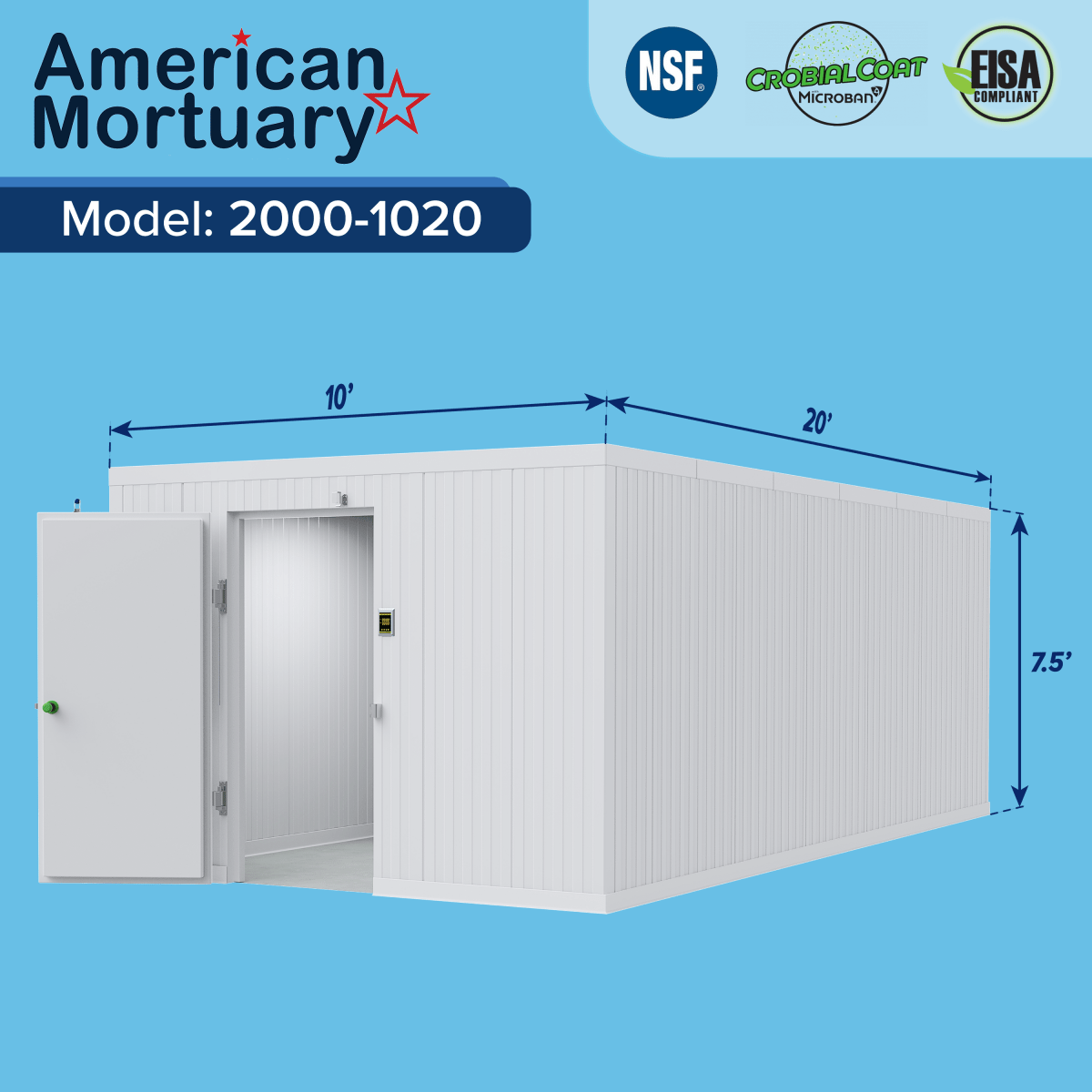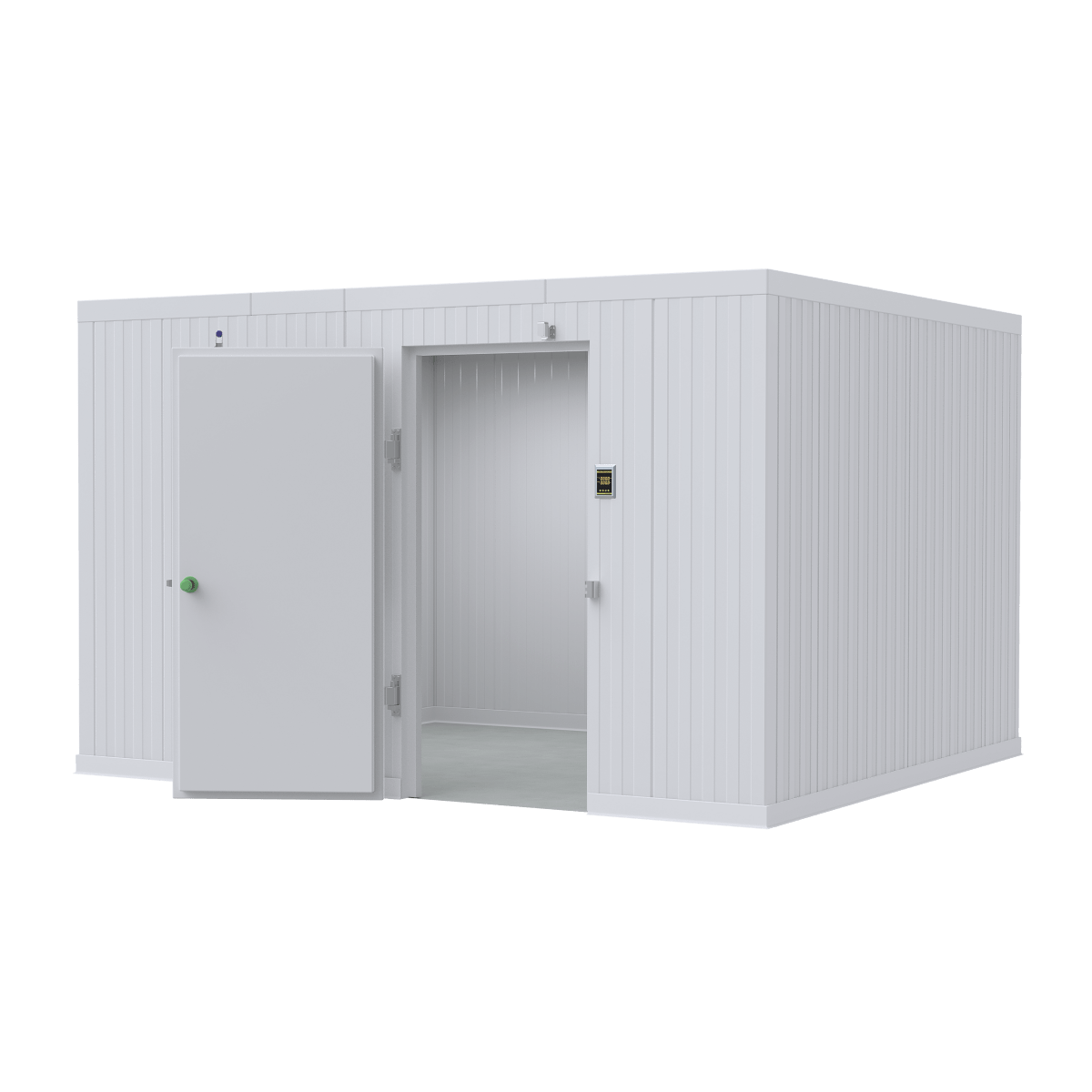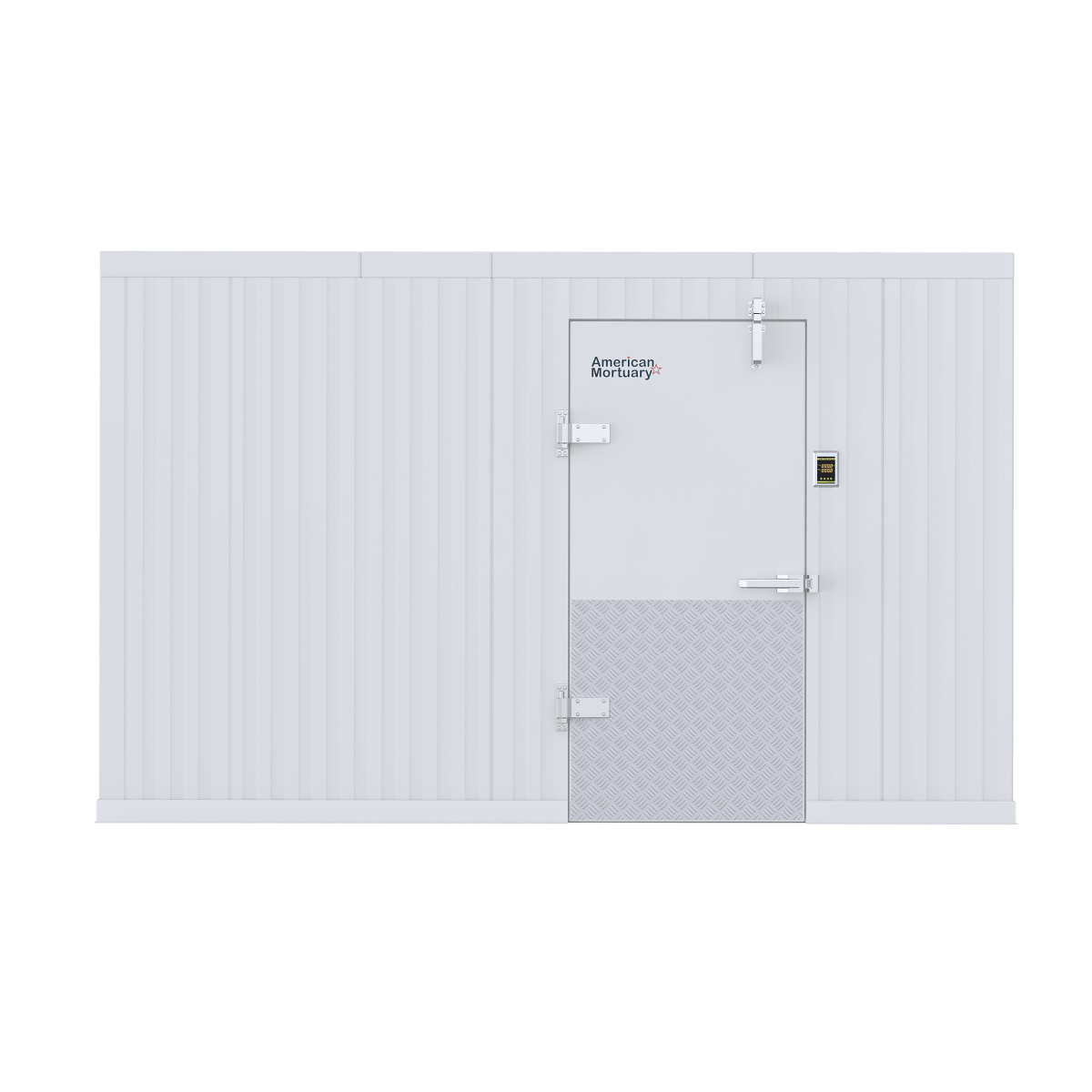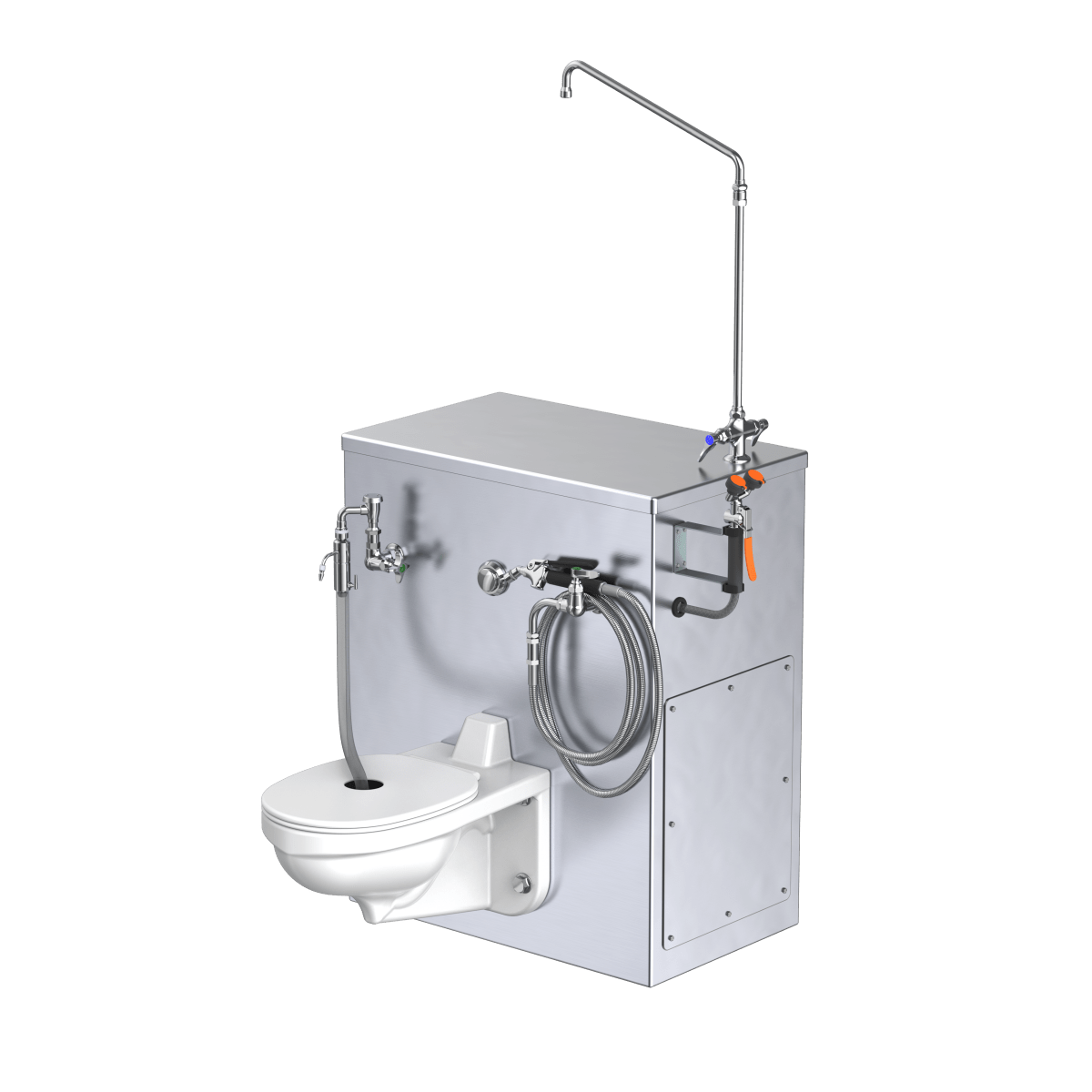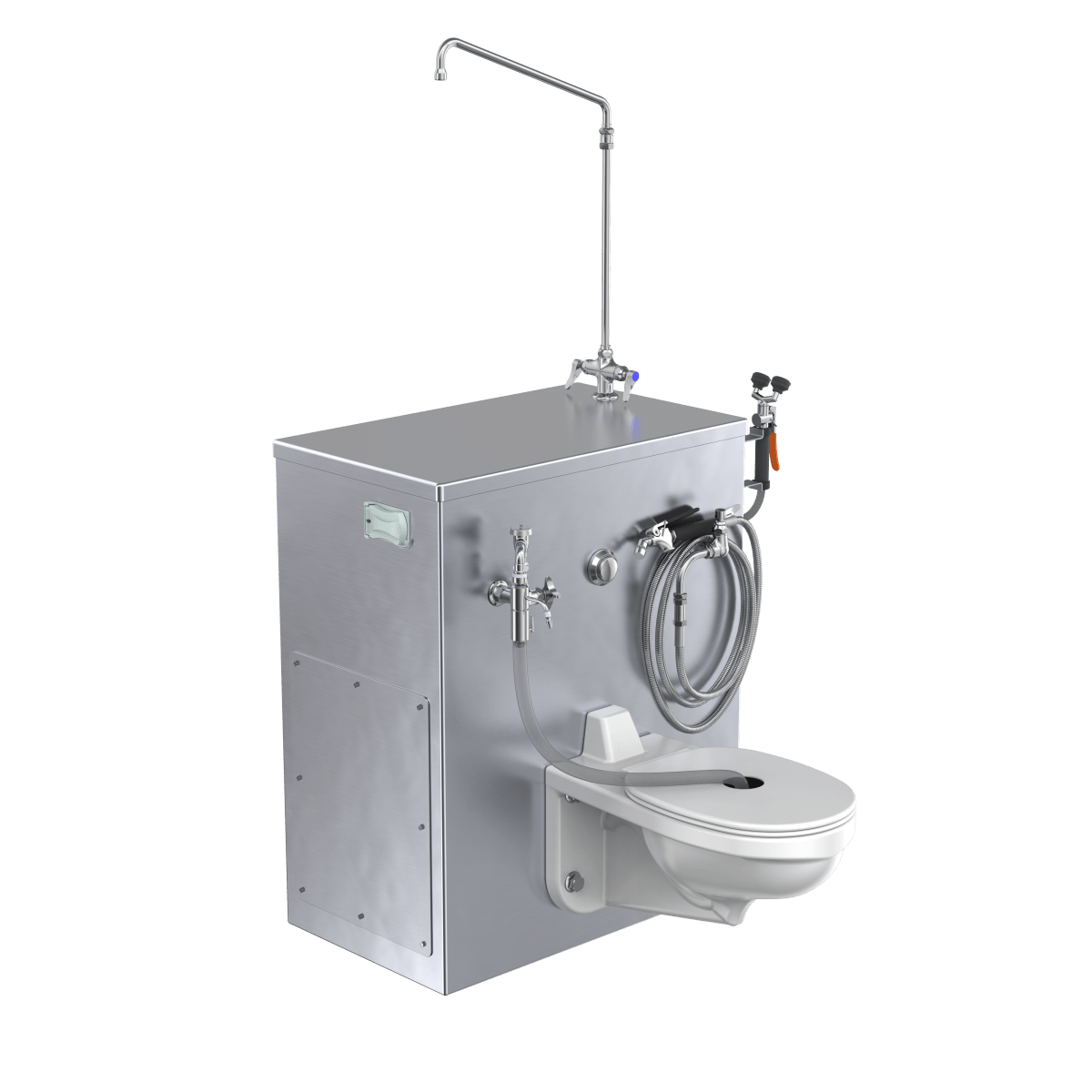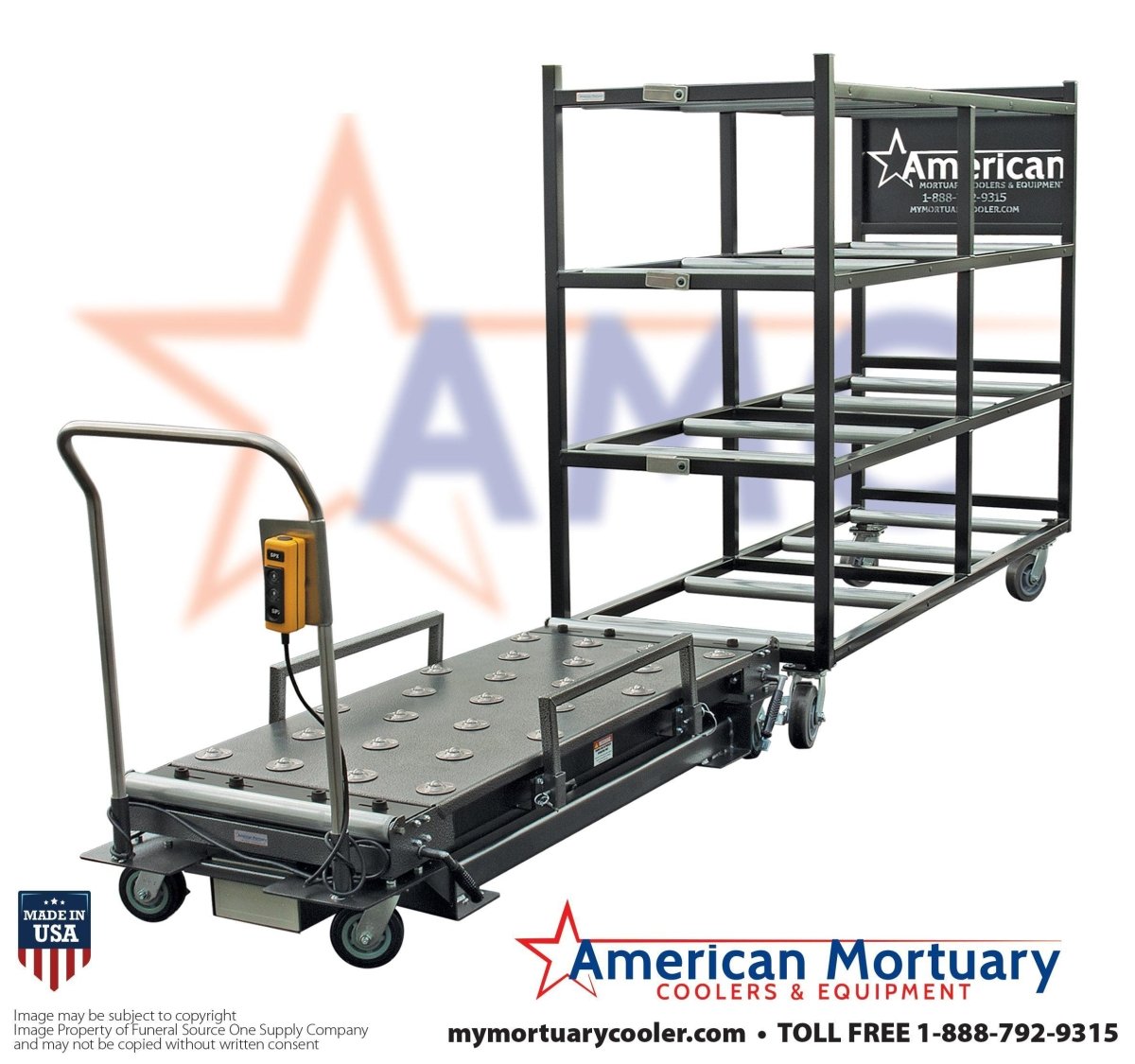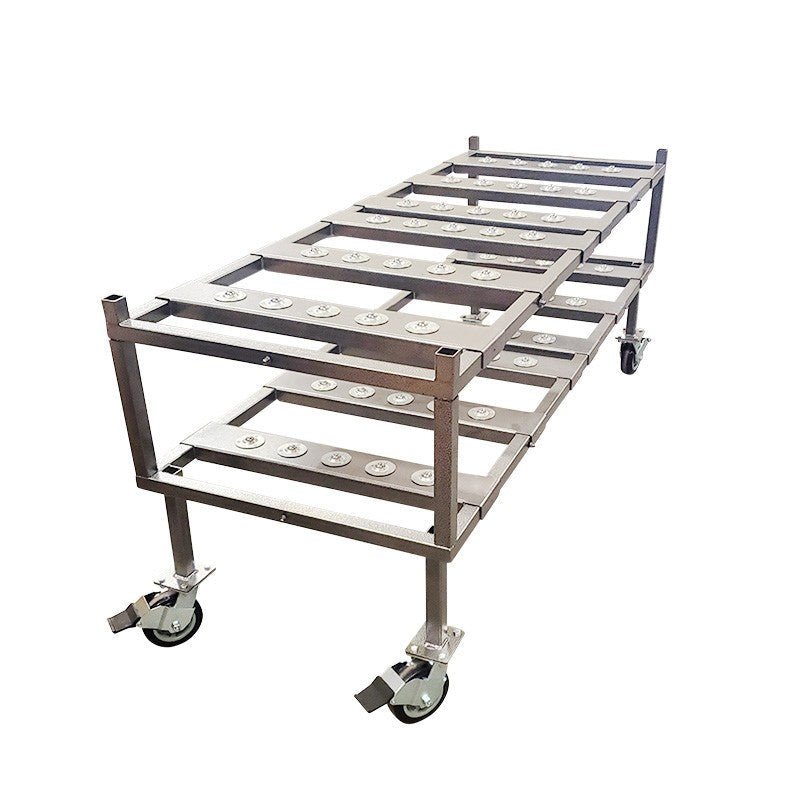Why Human Composting is Revolutionizing Death Care
A body turned into compost represents one of the most significant innovations in sustainable death care, offering families an environmentally conscious alternative to traditional burial and cremation. This process, scientifically known as natural organic reduction, transforms human remains into nutrient-rich soil through controlled microbial decomposition.
Quick Overview: Body Turned into Compost Process
- Method: Natural organic reduction using wood chips, alfalfa, and straw
- Timeline: 8-12 weeks total (30-40 days in vessel + curing time)
- Output: Approximately 1 cubic yard of fertile soil per body
- Cost: $2,500-$7,000 (less than traditional burial, comparable to cremation)
- Legal Status: Currently legal in 7 U.S. states (Washington, Oregon, Colorado, Vermont, California, New York, Nevada)
- Environmental Impact: Saves 0.84-1.4 metric tons of CO₂ compared to cremation or burial
The process mimics what happens naturally on the forest floor, where fallen trees and organic matter decompose into rich earth that nourishes new life. As Dennis Cunningham, an environmental lawyer who chose human composting, put it: his family wanted his body to "nourish trees" after death.
This comprehensive guide covers everything funeral directors need to know about offering human composting services - from the scientific process and legal requirements to costs, cultural considerations, and facility operations.
As American Mortuary Coolers, we've worked extensively with funeral homes transitioning to sustainable practices, including facilities exploring human composting options and the specialized equipment needed for body turned into compost operations.
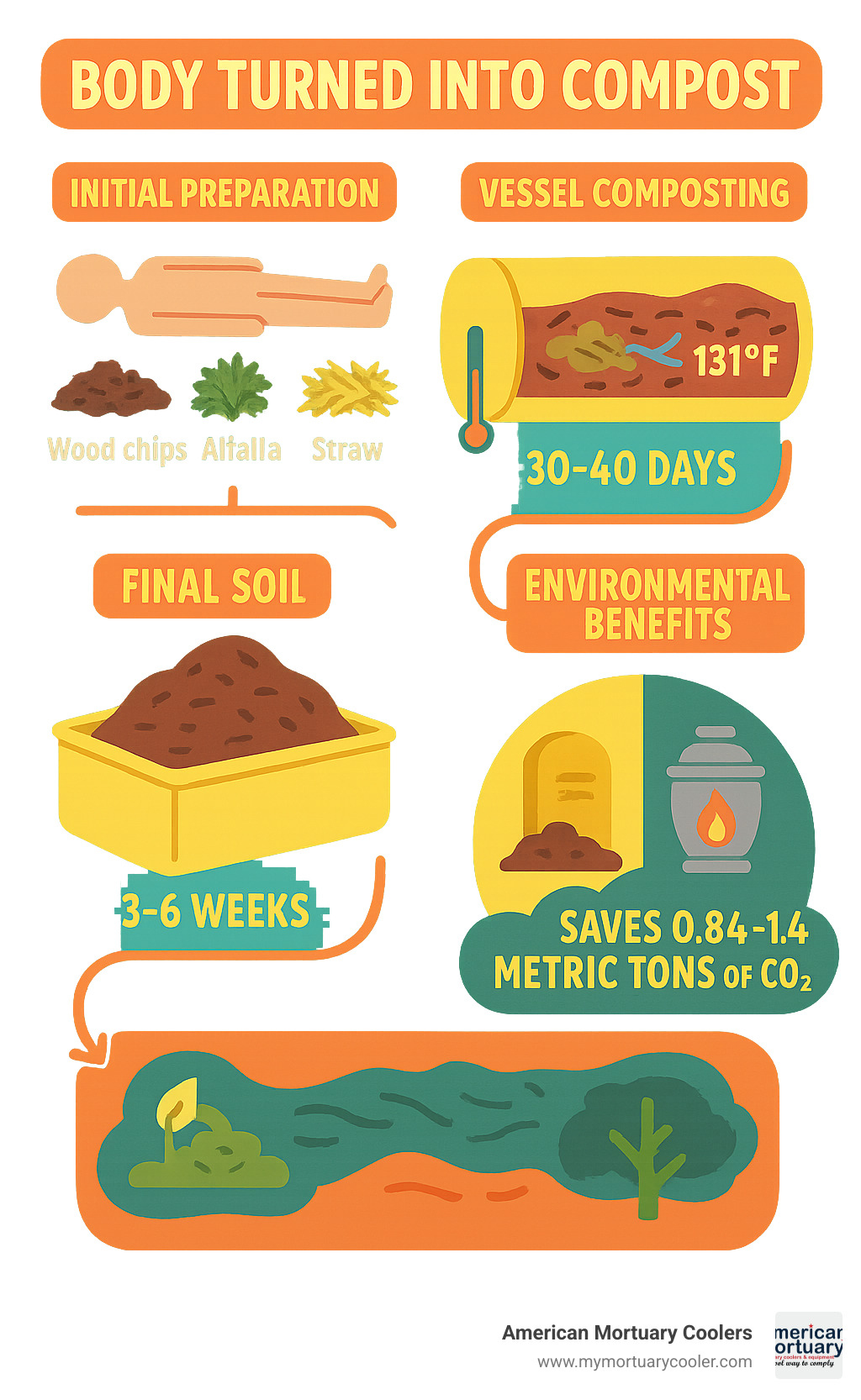
What Is Human Composting? Body Turned into Compost Explained
When someone asks about a body turned into compost, they're curious about one of nature's most neat processes - just happening in a controlled, respectful way. Human composting, officially called natural organic reduction (NOR), works exactly like what you'd see on any forest floor, where fallen leaves and branches slowly transform into rich, dark soil.
The process is straightforward. A human body is placed in a vessel with organic materials like wood chips, alfalfa, and straw. Thermophilic bacteria and fungi - the same tiny creatures that create compost in your backyard - get to work. Over about 8 to 12 weeks, they transform the body into approximately one cubic yard of nutrient-rich soil.
Scientific research on human composting safety shows that the process doesn't just work - it's incredibly safe and effective at eliminating pathogens. The soil that results meets or exceeds EPA compost guidelines.
Each body turned into compost actually helps fight climate change. According to Recompose, the pioneering company in this field, the process saves between 0.84 and 1.4 metric tons of carbon dioxide compared to cremation or conventional burial.
The soil isn't just any dirt. It's alive - teeming with beneficial microorganisms and nutrients that can help plants thrive and ecosystems flourish.
For funeral directors exploring this option, the More info about Beginners Guide offers deeper technical details about implementing these services.
Key Differences from Burial & Cremation
Traditional burial has a surprisingly heavy ecological footprint. Every year in the United States, we use over 800,000 gallons of toxic embalming fluids that leach into soil and groundwater. Add in metal caskets, concrete vaults, and ongoing cemetery maintenance, and conventional burial creates a lasting environmental impact.
Cremation consumes massive amounts of fossil fuels, with furnaces running at 1,400 to 2,000 degrees Fahrenheit. The process releases carbon emissions and other pollutants directly into the air.
A body turned into compost takes a completely different approach. No toxic chemicals. No fossil fuel consumption. No air pollution. The minimal energy needed goes toward rotating vessels and monitoring conditions. While burial and cremation represent endpoints, human composting creates a beginning - soil that can sequester carbon, support new plant growth, and help restore damaged ecosystems.
Step-by-Step Process: From Death to Living Soil

The change of a body turned into compost combines precision with profound respect for the natural cycle of life. The body is gently placed into a specially designed composting vessel alongside organic materials. Wood chips provide essential carbon and create air pockets for oxygen flow. Alfalfa and straw add nitrogen, creating the perfect 25-to-30:1 carbon-nitrogen ratio that microbes need to thrive.
The vessel becomes a controlled environment where temperatures climb to 130°F-160°F. Washington state regulations require the mixture to maintain 150°F for three consecutive days to ensure complete sanitization.
Over 8 to 12 weeks, the remains transform into approximately one cubic yard of rich, fertile soil. The More info about Human Composting Vessels explains the engineering behind these specialized systems.
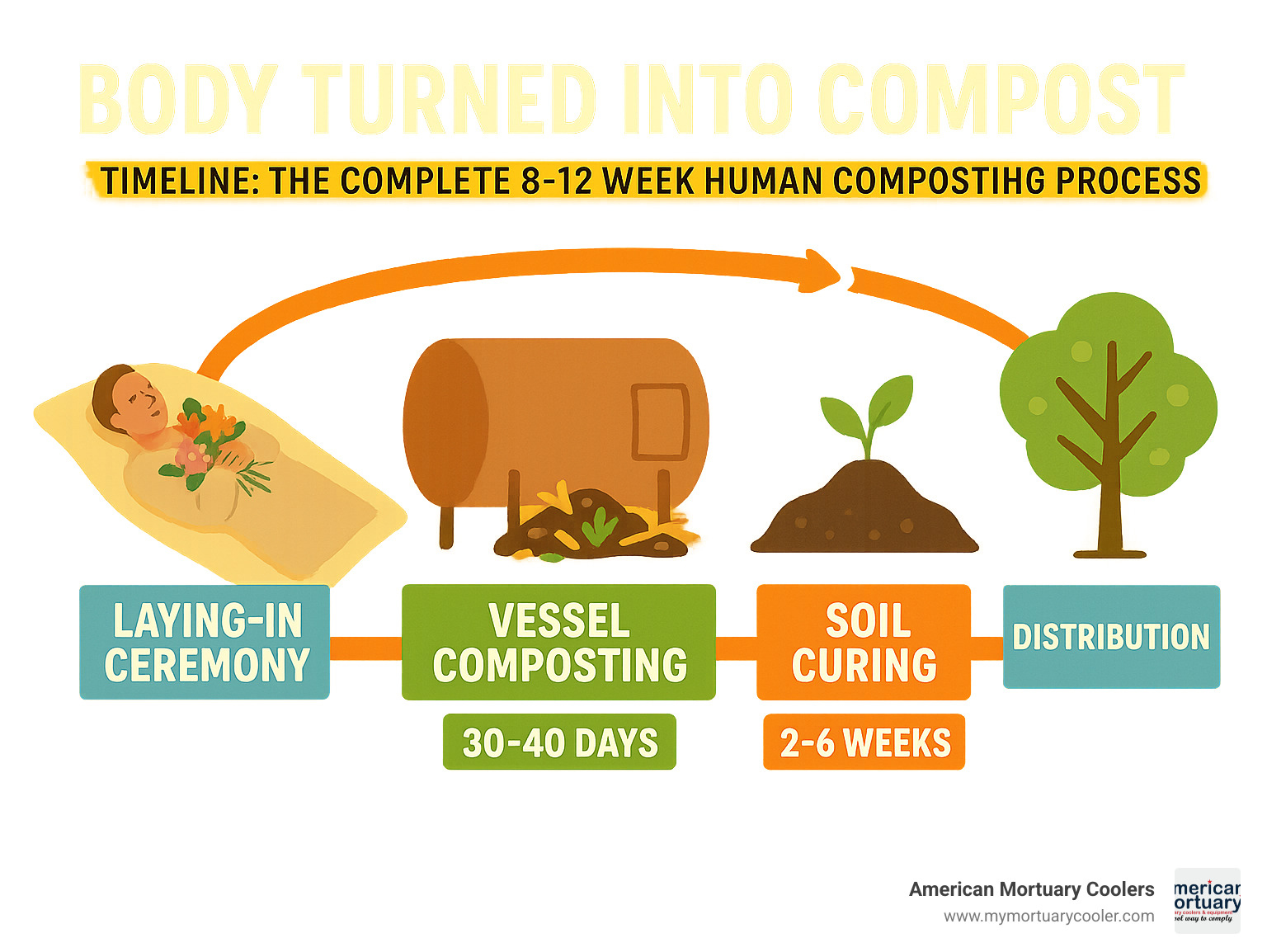
The Laying-In Ceremony – A Personal Farewell
The journey begins with the laying-in ceremony - a sacred moment where families say goodbye while participating in their loved one's change. The body is wrapped in a natural shroud made from organic materials like cotton or linen. Families are invited to surround their loved one with flowers, greenery, or other meaningful organic materials - perhaps roses from the family garden or herbs that held special significance.
Microbial Change Inside the Vessel
Inside the composting vessel, billions of thermophilic microbes get to work. These naturally occurring bacteria and fungi generate heat that maintains the vessel's high temperature while breaking down complex proteins and tissues into simpler compounds that become soil nutrients.
Weekly rotation ensures these microbes get the oxygen they need to thrive. This aeration prevents anaerobic conditions that could create unpleasant odors or harmful byproducts.
Curing, Screening, and Soil Return
After 30 to 40 days in the vessel, the composted material enters a curing period of 3 to 5 weeks. Any remaining bone fragments are carefully ground into fine particles and mixed back into the finished compost, adding valuable minerals like calcium and phosphorus.
Before any soil leaves the facility, it undergoes rigorous lab testing for pathogens, heavy metals, and other contaminants. Only after passing comprehensive safety tests is the soil released to families.
Families receive their loved one's soil in biodegradable containers with certificates detailing testing results. They can use it in memorial gardens, donate it to forest restoration projects, or keep portions for personal remembrance rituals.
Environmental & Health Benefits vs Traditional Methods
When families ask about the environmental impact of a body turned into compost, the numbers tell a compelling story. Traditional burial consumes vast resources: over 800,000 gallons of toxic embalming fluid enter U.S. soil annually, along with thousands of tons of steel and concrete from caskets and vaults.
Cremation burns about 28 gallons of fuel per body and releases mercury from dental fillings into the atmosphere. Each cremation requires temperatures of 1,400-2,000°F, consuming significant energy and contributing to air pollution.
A body turned into compost creates resources instead of consuming them. The finished soil sequesters carbon, retains water, and supports plant growth. Research from the Scientific research on CO₂ savings shows each human composting process prevents 0.84-1.4 metric tons of carbon dioxide emissions.
Increasing soil organic matter by just 1% helps retain an additional 20,000 gallons of water per acre - crucial as communities face increasing drought and water scarcity.
Comparison of Death Care Methods:
| Method | CO₂ Impact | Resource Use | Land Impact | Chemical Use |
|---|---|---|---|---|
| Traditional Burial | High emissions from production | Steel, concrete, embalming chemicals | Permanent land use | Toxic embalming fluids |
| Cremation | 0.84-1.4 tons CO₂ per body | 28 gallons fuel, electricity | Minimal | None during process |
| Body Turned into Compost | Carbon negative | Organic materials only | Creates usable soil | None |
Safety Safeguards for a Body Turned into Compost
The safety protocols surrounding human composting are remarkably thorough. The 150°F rule - maintaining this temperature for three consecutive days - effectively eliminates harmful pathogens including bacteria, viruses, and parasites.
Washington state pioneered comprehensive regulatory frameworks including facility licensing, mandatory operator training, detailed record-keeping, and rigorous testing of the final soil product.
Before any soil reaches families, it must pass laboratory analysis for dangerous pathogens and heavy metals. These standards often surpass those required for commercial compost operations. Public health officials have consistently supported these protocols, which eliminate groundwater contamination risks while avoiding air pollution concerns.
Legal Landscape, Costs, and Leading Providers
The legal journey for human composting has been remarkable. Washington state broke ground in 2019 as the first to legalize natural organic reduction. Since then, six more states have joined: Colorado and Oregon in 2021, followed by Vermont, California, and New York in 2022, with Nevada in 2023. That brings us to seven states where a body turned into compost is fully legal today.
California's AB 351 represents a major milestone, taking effect in 2027 to open the nation's largest market to human composting services. Several other states have pending legislation.
Where Is a Body Turned into Compost Legal Today?
The current legal map shows clear regional patterns. The West Coast leads with Washington, Oregon, and California. The Mountain West follows with Colorado and Nevada. The Northeast has Vermont and New York.
Demand often outpaces local availability. About 29% of bodies processed at Recompose come from out-of-state families willing to handle shipping logistics.
The More info about Body Composting Colorado Laws shows how one state developed its regulatory framework.
What Does It Cost Compared to Other Options?
Human composting typically costs between $2,500 and $7,000, depending on the provider and services included. Traditional burial averages $7,848 while cremation runs about $6,971.
So a body turned into compost often falls between cremation and burial costs while offering unique environmental benefits. Recompose offers their Precompose plan at $5,500, allowing people to secure services in advance.
Innovators & Facilities Pushing the Movement Forward
Recompose deserves credit as the true pioneer. Founded by architect Katrina Spade, their Kent, Washington facility features 34 composting vessels in a striking hexagonal pattern. Return Home and Earth Funeral are also expanding options in legal states.
These facilities represent significant infrastructure investments - specialized buildings, custom-engineered vessels, sophisticated monitoring systems, and trained staff. At American Mortuary Coolers, we've seen growing interest from funeral homes exploring partnerships or developing their own capabilities.
Cultural, Religious, and Emotional Perspectives on a Body Turned into Compost
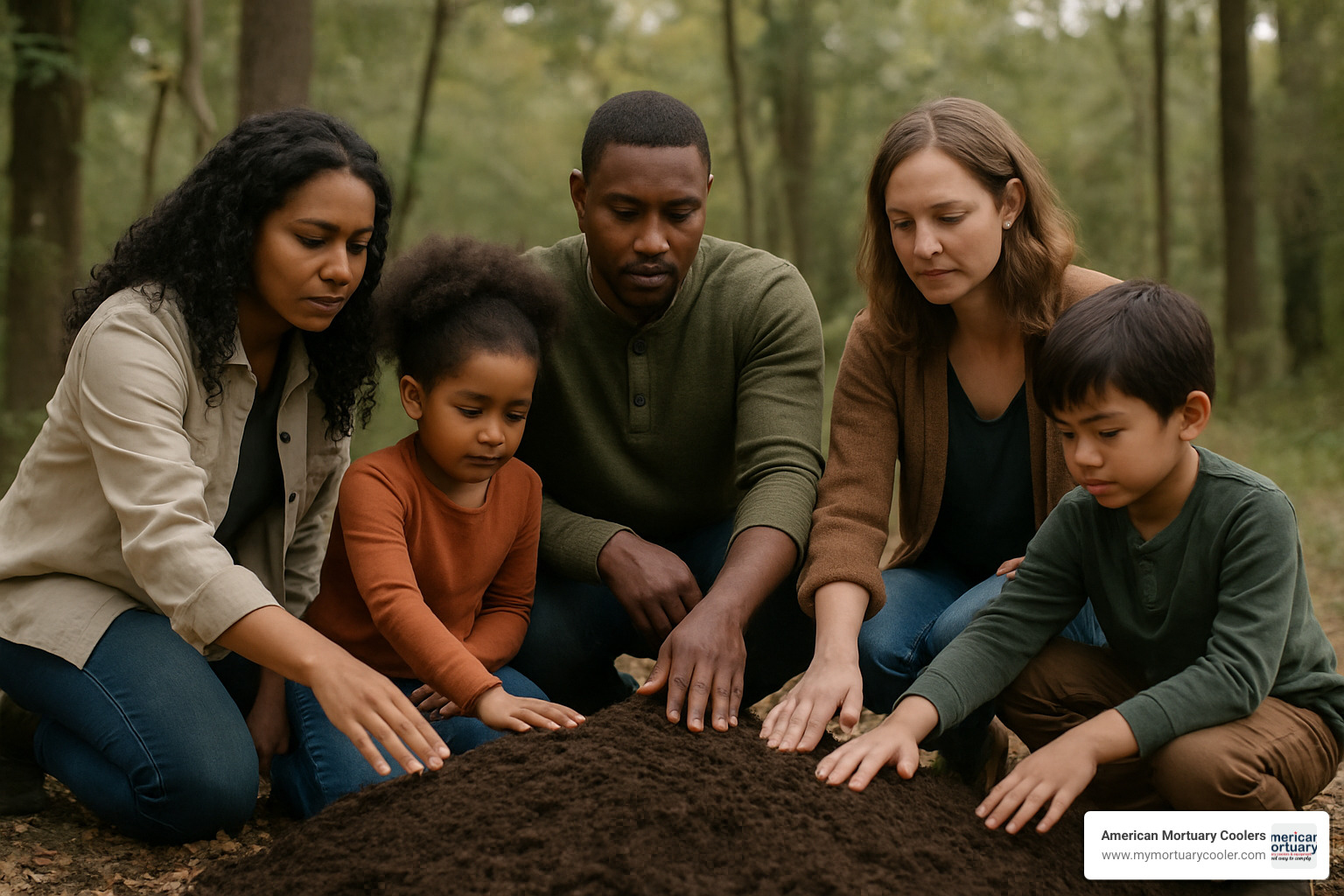
When families choose to have a body turned into compost, they're making a deeply personal statement about life, death, and our connection to the earth. We've seen families light up talking about their loved one becoming part of the forest floor, nourishing new growth for generations.
The emotional journey often begins long before death. Many people who choose this option want their final act to reflect their environmental values. For families, honoring this choice becomes a way of celebrating who their loved one was in life.
The More info about In-Depth Guide explores these personal dimensions in detail.
Religious Responses & Ethical Debates
The religious community's response has been varied. The Catholic Conference has raised concerns about maintaining dignity of human remains, questioning whether composting honors the body as a temple of the Holy Spirit.
Yet we've met progressive rabbis who've found ways to adapt traditional Jewish prayers for composting ceremonies, pointing to the Hebrew concept of returning to adamah - the earth from which we came.
Islamic viewpoints are still developing, with some finding resonance in returning to Allah and the earth, while others prefer traditional burial practices.
Interestingly, some Catholic priests have begun accepting aspects of the process, blessing both the body before composting and the resulting soil afterward.
Family Rituals and Memorial Uses of the Soil
The soil created when a body turned into compost opens up memorial possibilities that don't exist with traditional burial or cremation. Some plant memorial trees in backyards, creating living monuments. Others donate soil to conservation projects or create memorial gardens.
This flexibility means families can create rituals that evolve over time. Unlike a fixed grave site, the soil can be shared, moved, and used in ways that feel right as grief changes and healing progresses.
Addressing Common Objections and Misconceptions
Families sometimes worry about dignity and contamination. The truth is, human composting facilities treat bodies with the same reverence as traditional funeral homes. The controlled environment and rigorous testing create soil that exceeds EPA safety standards.
The "communal remains" misconception needs addressing - each body is composted individually, and families receive soil created specifically from their loved one.
As one funeral director told us, "Once families understand what actually happens, most concerns disappear. It's the unknown that scares people, not the reality."
Frequently Asked Questions about Turning a Body into Compost
When families first learn about human composting, they naturally have questions about the process, timeline, and what to expect.
How long does the entire composting take?
The complete journey from body turned into compost takes approximately 8-12 weeks total. The first phase involves 30-40 days in the composting vessel, where temperatures reach 150°F to eliminate pathogens while beneficial bacteria work.
After the vessel phase comes 3-5 weeks of curing and processing. Remaining bone fragments are ground into sand-like particles and mixed back into the soil. The finished compost undergoes laboratory testing during this period.
Can families attend or help with the process?
Absolutely. Most facilities understand that family involvement improves the healing process. The laying-in ceremony is typically the most interactive part, where families can place flowers, greenery, or meaningful organic materials around the body.
During composting weeks, some facilities provide regular updates. When the soil is ready, families can often be present for the final transfer - a moment that provides closure for many people.
What happens to medical implants and prosthetics?
All non-organic materials are carefully removed and handled respectfully. Items like pacemakers and defibrillators are typically removed before composting begins. Artificial joints, dental work, and surgical hardware are usually removed after composting when easily separated from finished soil.
The removal process is handled with respect and care. Recyclable materials are recycled when possible, while other items are disposed of according to proper medical waste protocols. This ensures the finished soil is pure and safe for its intended use.
Conclusion
The journey of a body turned into compost marks more than just an innovative funeral practice—it represents a profound shift in how we think about death, legacy, and our connection to the earth. Human composting offers families a way to transform loss into life, creating something beautiful and regenerative from their final goodbye.
With seven states already embracing this practice and more legislation pending, we're witnessing the early stages of a movement that could reshape American death care. When families can save over a metric ton of carbon emissions while creating fertile soil that nourishes new growth, the choice becomes about hope.
For funeral directors, this represents an exciting opportunity to serve families in deeply meaningful ways. We've seen how body turned into compost services can differentiate a funeral home while meeting growing demand for sustainable options.
At American Mortuary Coolers, we've worked with funeral homes across Tennessee, Georgia, Illinois, South Carolina, Texas, California, New York, and Pennsylvania as they explore these innovative services. The conversations always come back to the same thing: families want choices that reflect their values.
What strikes us most about human composting is how it bridges the ancient and modern. The process itself is as old as the forest floor, yet the careful engineering makes it thoroughly contemporary. It's traditional in its respect for the deceased and in its approach to environmental stewardship.
As this field continues growing, we're committed to supporting funeral homes with specialized equipment and expertise needed for body turned into compost operations. Whether you're ready to add these services today or want to stay informed about emerging options, understanding this process helps you better serve families seeking meaningful alternatives.
Human composting has earned its place in the evolving funeral landscape by offering something unique: the chance to turn our final act into our first gift to future generations.
For comprehensive information about implementing these services, including equipment considerations and facility planning, explore our More info about comprehensive human composting options. Because every family deserves choices that honor both their loved ones and the world we leave behind.


